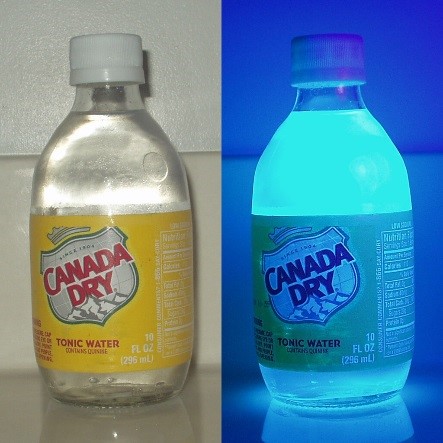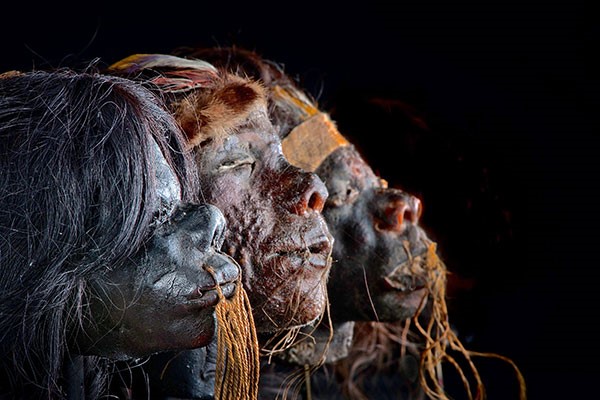At the age of 17, George Washington was diagnosed with malaria. The disease, then referred to as the “ague”, came and went over the years. Although it was known at the time that quinine was a successful treatment, Washington wasn’t prescribe the powder until after the revolutionary War had ended and he was in his 50’s. Once he started on the medication, he took such heavy doses that he suffered a drastic and permanent hearing loss. He was nearly deaf by the end of his second term as president.
Quinine is made from the bark of the Cinchona tree, the national tree of Peru, and was named after the Second Countess of Chinchon by Charles Linnaeus. The Quechua originally discovered the medicinal qualities of the bark, using it to reduce fevers and relax tired muscles. The Spanish, who colonized Peru, recognized the importance of the tree as both a medicine and a way to make money. In the early 1800’s they made export of seeds and saplings illegal, thereby monopolizing the market. About a 100 years later, someone smuggled out some seeds and started a Cinchona plantation in India. Perhaps you’ve heard of Bombay Gin?
Today quinine is still used to prevent and treat malaria, but many people opt out of the pills for a tastier prevention: a gin and tonic. Tonic water contains that very same quinine from the Cinchona tree and so you might see it being sipped where malaria is a common concern.

Besides malaria prevention, quinine has another trick. It fluoresces under ultraviolet light. Things glow because photons are emitted when “excited” (at a higher energy state) electrons drop back to a lower, more stable state. When the UV light shines on the tonic water, the photons given off are of lower energy than the ultraviolet light and correspond to blue light in the visible spectrum.
What to know more about George Washington? Come visit Amending America: The Bill of Rights at HMNS. You can also read about one of his more interesting and peculiar contemporaries here.
Want to know more about things that glow? Read Carolyn’s blog or have a gin and tonic. Meet us at the Okra Charity Saloon on Monday September 26th from 5 to 7pm where we will have some science to share!





